Gardening in a snowy and cold climate can be challenging, but with the right selection of crops, it is possible to achieve high yields and maintain a successful winter garden. From cold-hardy vegetables to small fruits, there are many crops that are well-suited for growing in snowy and cold environments.
In this article, we will explore ten high-yield crops that are adapted to survive and thrive in cold weather conditions, including their features, growing requirements, and tips for maximizing their yield.
Whether you are an experienced gardener or just starting out, these crops will provide a bountiful harvest for your winter garden.
1. Winter Wheat

Winter wheat is a type of wheat that is planted in the fall, grows during the winter season, and matures in the spring. It is adapted to cold weather conditions and can tolerate snow and freezing temperatures. Winter wheat is often used for flour production and can be used in a variety of baked goods, such as bread, pasta, and pastries.
2. Barley
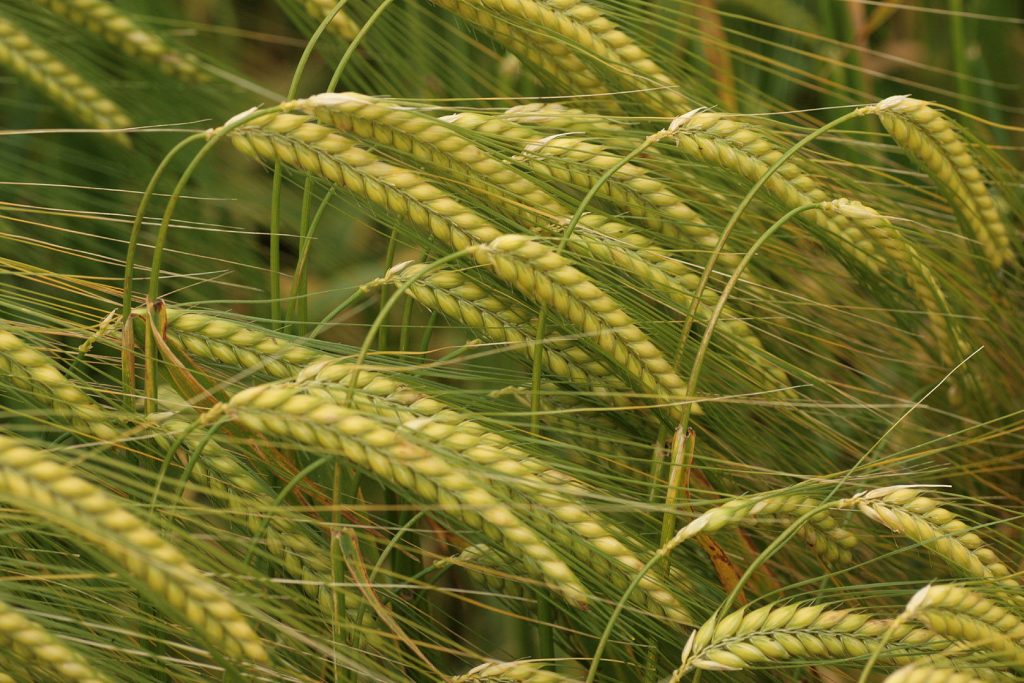
Barley is a cereal crop that is often used for animal feed or malt production, but it can also be used for human consumption. It is adapted to cold weather conditions and can grow in snow and freezing temperatures. Barley can be used to make beer, soups, stews, and other dishes.
3. Rye
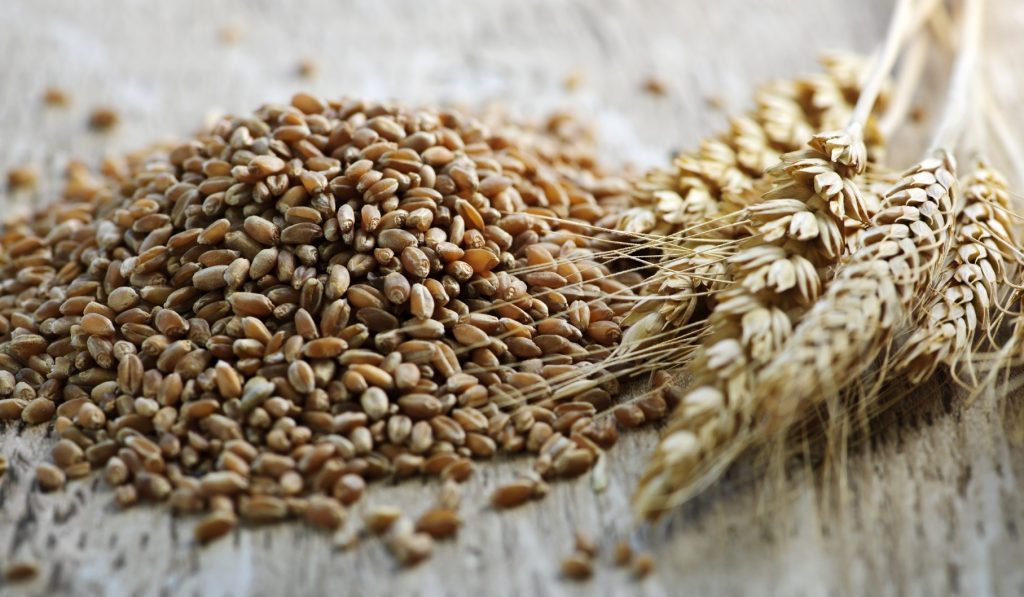
Rye is a cereal crop that is similar to wheat and barley. It is known for its hardiness and can tolerate cold temperatures and snow. Rye is often used for animal feed, but can also be milled into flour for human consumption. Rye flour is often used in bread, crackers, and other baked goods.
4. Kale

Kale is a cold-hardy vegetable that is a member of the Brassica family. It can grow in snow and freezing temperatures and is a nutrient-dense crop that is high in vitamins A, C, and K. Kale can be used in a variety of dishes, such as salads, soups, and smoothies.
5. Spinach
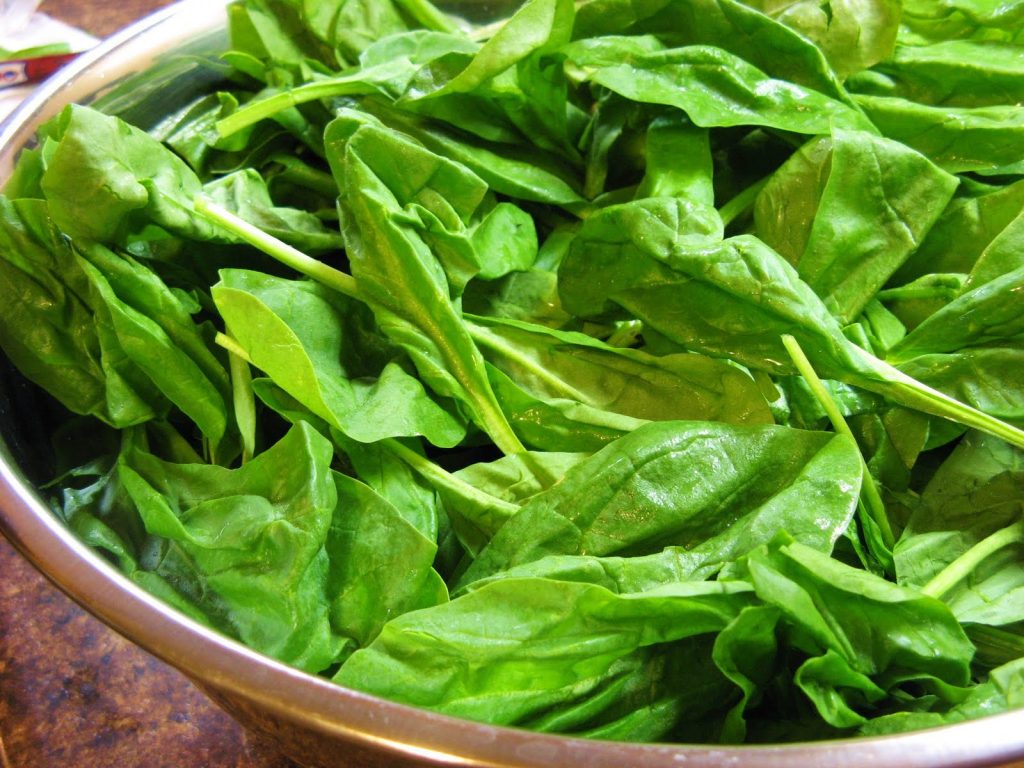
Spinach is another vegetable that can tolerate cold weather conditions. It is a great source of iron and other nutrients, making it a popular crop for winter gardens. Spinach can be used in salads, soups, quiches, and other dishes.
6. Carrots
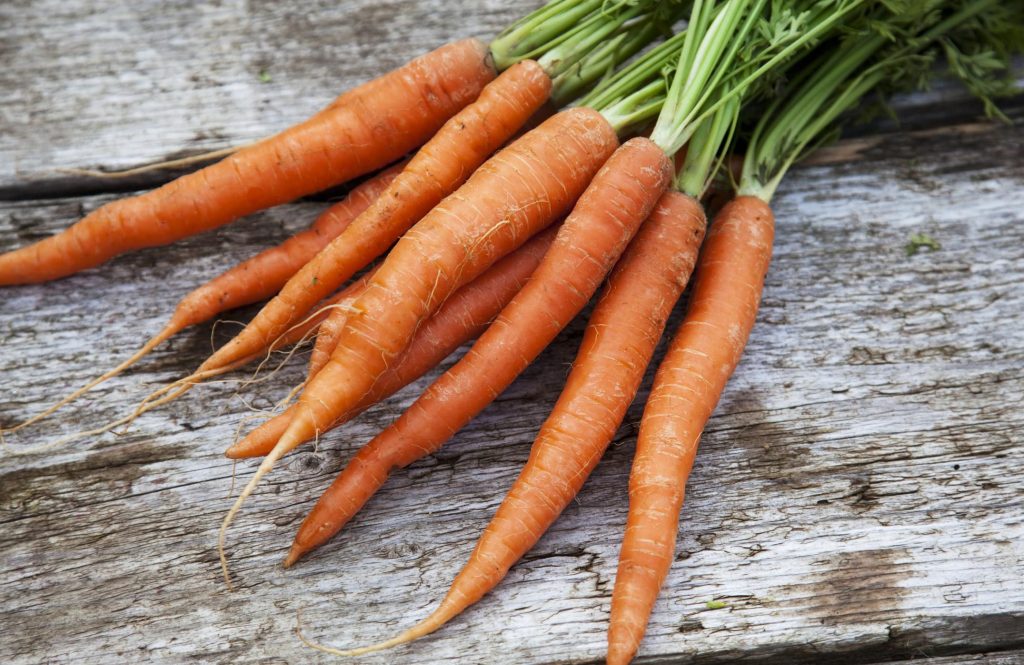
Carrots are a root vegetable that can grow in snow and freezing temperatures. They can be grown in containers or in the ground and are a good source of vitamins and minerals. Carrots can be used in a variety of dishes, such as soups, stews, salads, and roasted vegetables.
7. Beets

Beets are another root vegetable that can grow in snow. They are a good source of folate, manganese, and potassium. Beets can be used in salads, soups, roasted vegetables, and other dishes.
8. Parsnips
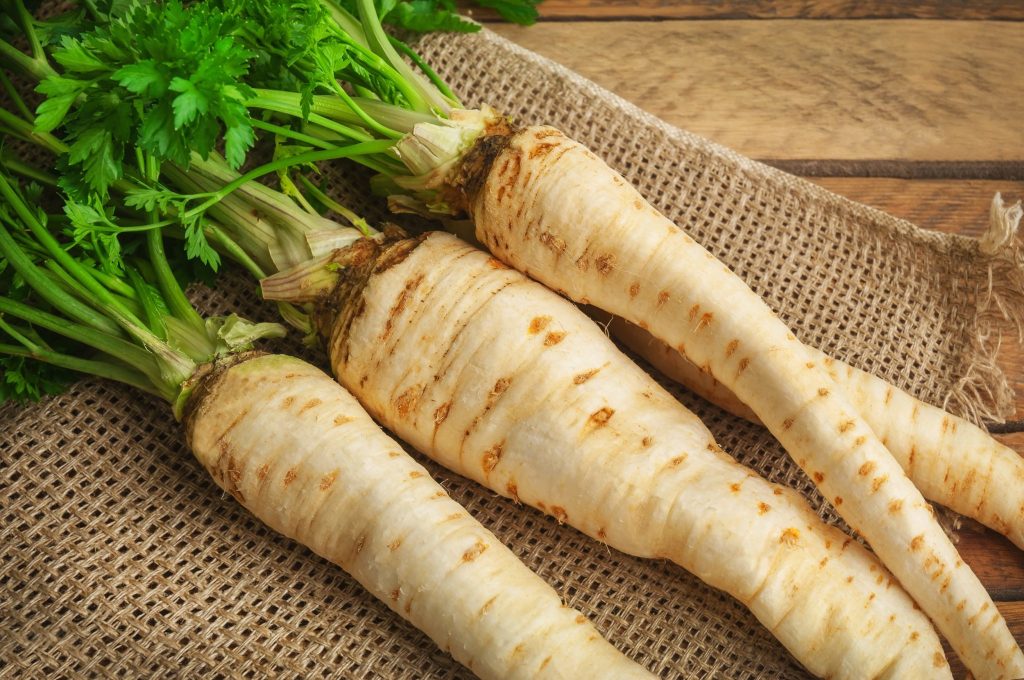
Parsnips are a root vegetable that can grow in cold weather conditions. They are a good source of fiber, vitamins, and minerals. Parsnips can be used in soups, stews, roasted vegetables, and other dishes.
9. Cabbage

Cabbage is a cold-hardy vegetable that can grow in snow and freezing temperatures. It is a good source of vitamin C and can be used in a variety of dishes, such as coleslaw, sauerkraut, soups, and stews.
10. Brussels Sprouts

Brussels sprouts are a cold-hardy vegetable that can grow in snow and freezing temperatures. They are a good source of vitamin C and fiber, and can be used in a variety of dishes, such as roasted vegetables, salads, and stir-fries. Brussels sprouts are often harvested after the first frost, as this enhances their flavor.
